Greetings everybody,
Today’s edition of The Sewing Machine Newsletter is dedicated to the Japanese company, Juki. Although Juki is not super popular in the home sewing machine world, I believe they occupy an interesting space in the sewing machine landscape and are well worth examining.
Industrial Heritage
Juki is a global leader in manufacturing industrial machines. While the company is comprised of an industrial sewing machine division and a home sewing machine division, their true strength lies in their industrial heritage.
A key difference between home sewing machines and industrial machines is that industrial machines are high-speed, heavy-duty, and highly specialized. Whereas home machines are lockstitch machines capable of sewing a variety of different zig-zag and stretch-stitch patterns, industrial machines are typically designed to do one thing only and do it fast. Imagine a factory that manufactures trousers. There will be a line of industrial machines, each one dedicated to sewing one aspect of the trouser. One machine sews the buttonhole. Another machine sews on the button. Another machine sews on the zipper. Another machine sews the bartacks for the belt loops. Another machine sews the seam. Meanwhile, a $500 home machine can do all of those things by itself, which is beautiful. But unlike an industrial, it can’t do it at the same speed, and it can’t do it 8 hours a day, 7 days a week, for 20 years.
Since the 1950s, when the age of ready-made clothes began, Juki has been a global leader in manufacturing high-speed specialized sewing machines. Below, I am going to list off a few that they made during the 50s/60s/70s so that we can get a clearer picture of how expansive the industrial market truly is:
Applying Industrial Strength to Machines for Home Use
As I’ve already said, Juki’s strength is its industrial machines. However, there are a handful of machines in their home sewing machine division that contain Juki’s industrial heritage. I am a huge fan of these products. Similar to industrials, these machines are also high-speed and highly specialized, but designed for the sewist at home. This will be my focus today, for I believe that these Juki machines make the biggest impact on the sewing machine landscape.
Juki TL Platform
The first machine I want to hone in on is the Juki TL platform. You will see a variety of different machines built on this platform with slightly different model numbers (based on the year the model was first released): TL-90, TL-98, TL-2000, TL-2010, TL-15, TL-18, TL-2020, etc.
Weighing only 25 pounds, the Juki TL is a portable straight-stitch-only machine built on an industrial platform. Similar to industrial lockstitch machines, it is designed with a side-loading bobbin. The TL is extremely powerful for its size, capable of sewing at 1500 stitches per minute. To put that in perspective, the Janome M7 sews at 1300 stitches per minute, and the Bernina 770 Plus sews at 1000 stitches per minute.
The beautiful thing about the TL is that Juki integrates their industrial DNA, while also implementing some awesome ease-of-use features for home sewing: automatic thread trimming, speed control, feed dog drop, and needle threader. On the TL-18, Juki puts something that I call the “float feature”, which allows the user to control how high the presser foot sits above the fabric (when the presser foot is in the down position). Obviously, this is helpful when sewing thick fabric. However, it is also useful when free-motion quilting, for the sewist can control how much drag she feels as she moves around the fabric.
A handful of other different sewing machine manufacturers make their own version of portable straight stitch-only semi-industrial machines. From my experience, there are none more reliable than the Juki’s, while also being on the lower end of the price spectrum (e.g. the Juki TL-2010 is only $999).
Juki Longarm Quilting Machines
Remember, Juki’s strength is high-speed specialized machines. With that in mind, it is no wonder that they make a fantastic longarm quilting machine.

Longarm quilting machines are specialized in the sense that they do one thing and one thing only: free-motion sewing. There are no feed dogs. There is no zig-zag capability. The machine can be mounted on a table and the user sews by moving the fabric underneath the needle (akin to drawing with a pen and paper, where the pen is stationary and we draw by moving the paper underneath). Or, the machine can be put on a frame, and the user can move the machine along an X-Y axis.
What makes Juki’s product different? Their industrial heritage seeps into the machine’s design: the Juki J-350QVP and Juki 2200 QVP are both designed with direct drive technology. There is no motor belt. The upper shaft is attached directly to the motor, rather than traditional machine designs where the upper shaft and motor are connected by a motor belt. What are the benefits of direct drive? A more efficient and powerful system, with less energy lost than the traditional belt designs.
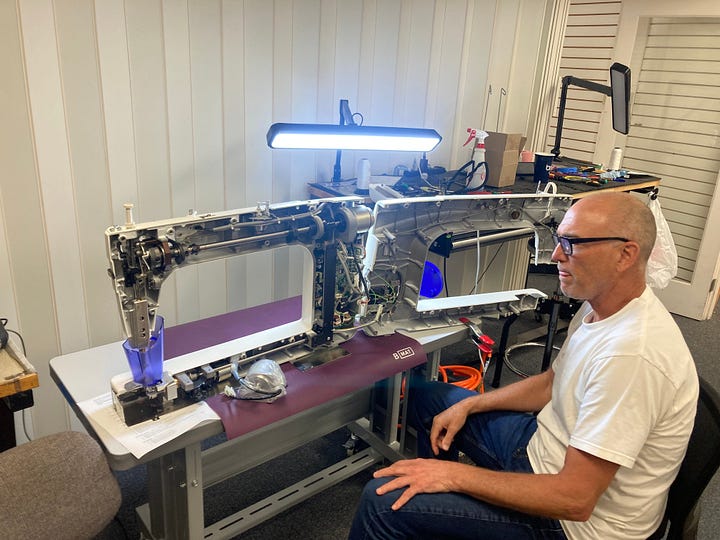

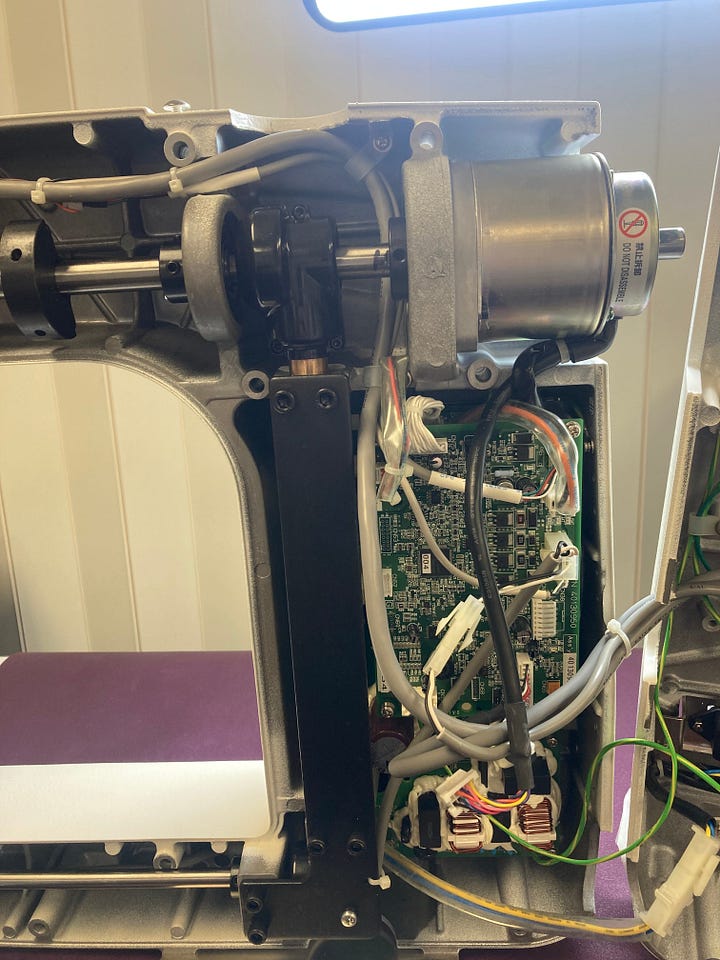
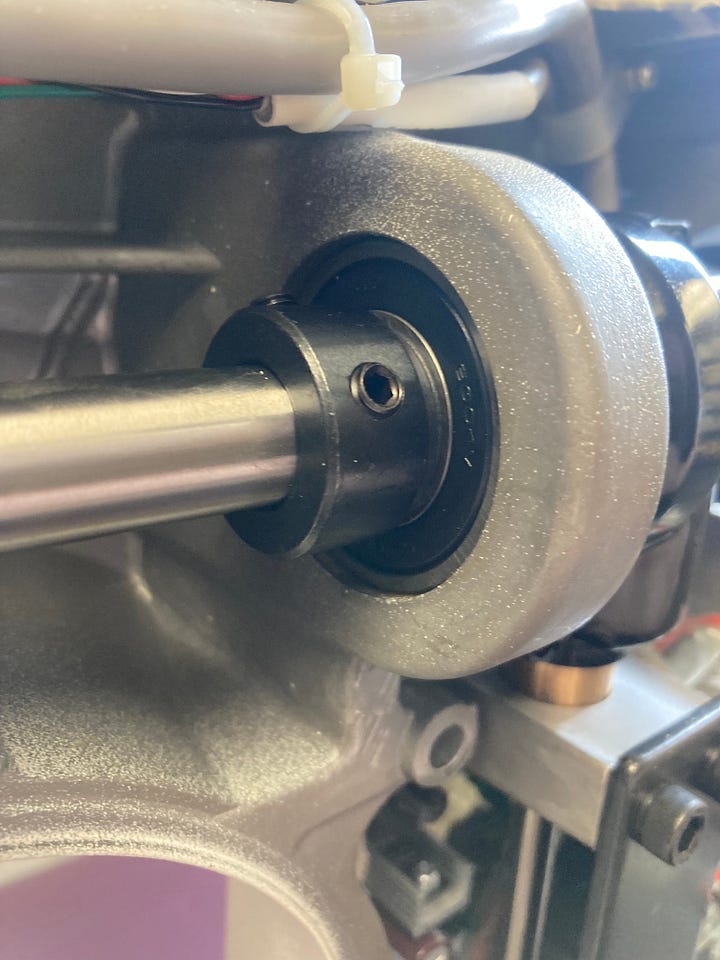
Baby Lock and Juki - Butterfly Effect
The origin of how Baby Lock came to be is inextricably tied to Juki.
Back in the 50’s and 60’s, Juki manufactured an industrial overlock machine. In the 60’s, home sewing machines were becoming more and more popular, and a couple of engineers at Juki thought it would be a great idea to invent a home overlock machine. They mocked up a design and presented their idea to their superiors, but were laughed out of the room and the idea was shot down.
However, the engineers had a strong belief that their idea and their design, they believed it was marketable, so they quit their jobs at Juki and started their own company that made overlock machines for home use— overlock machines that were light and portable, similar to home sewing machines— mini overlock machine— BABY overlock machines— thus, the company was named BABY LOCK, that’s how Baby Lock came to be.
Now it’s 2024, and Baby Lock is still King of the Sergers.
Probably one that Juki wishes they could have back.
Thank you for reading. If you haven’t already, below I’ve linked you to parts 1-4 of the sewing machine landscape article series:
Please let me know what you think in the comments, and feel free to share with any sewists you know!
Thank you,
-Cale






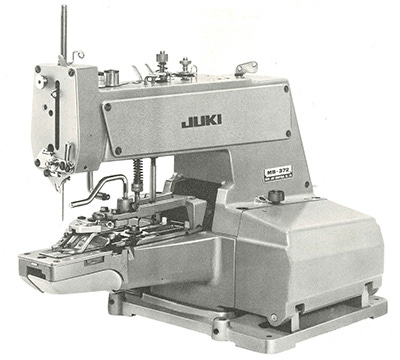

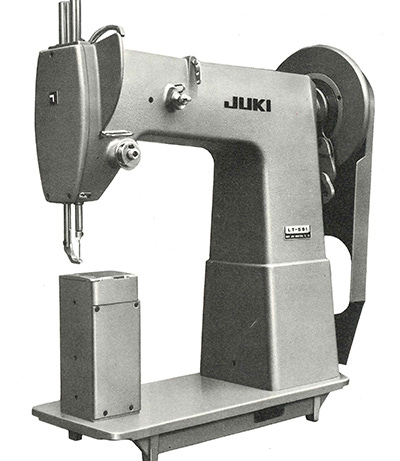
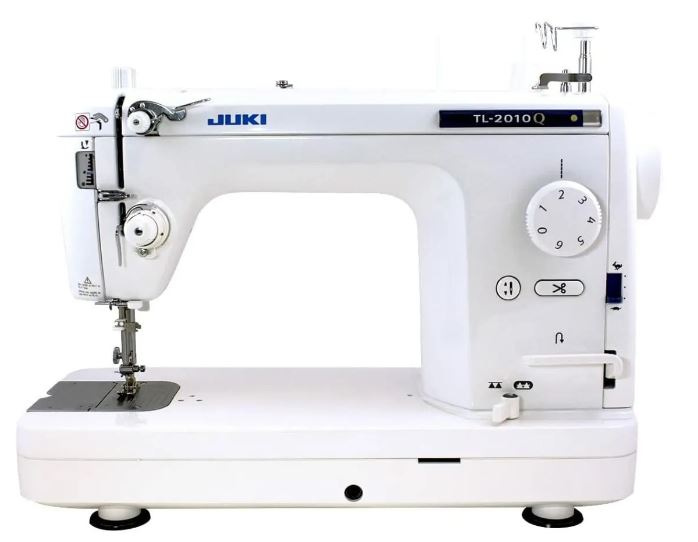
I had no knowledge of Juki or Baby Lock origins. Thank you.
Juki is my staple . I started with the DL 5500 series and was hooked .. I now have the DL 8700 and a 5 thread overlocker . Love 💕